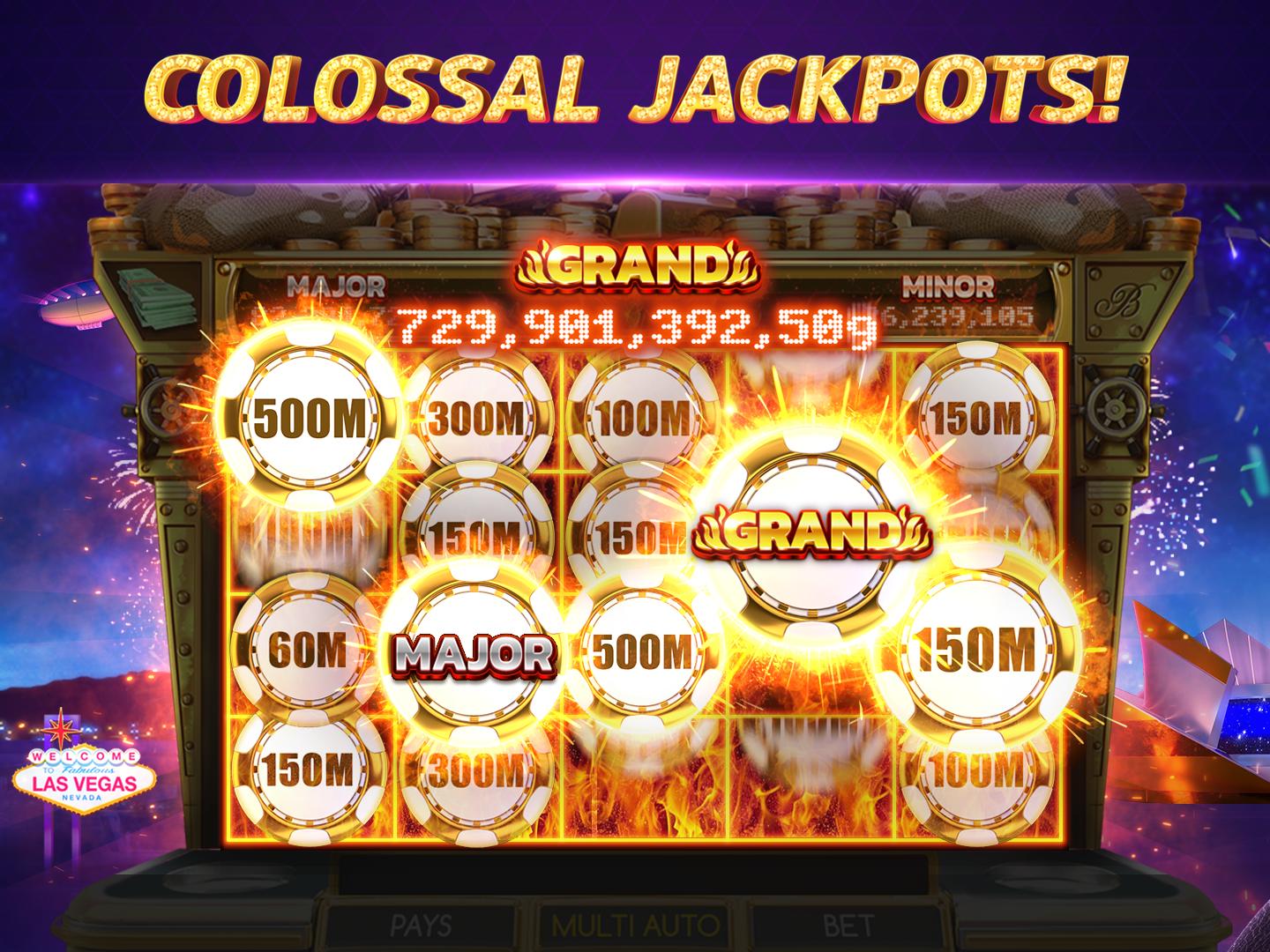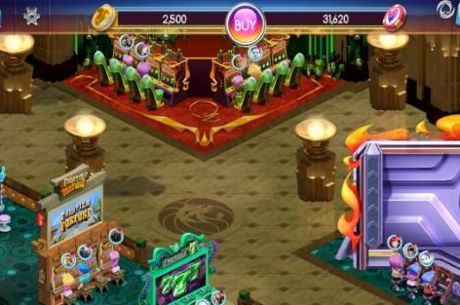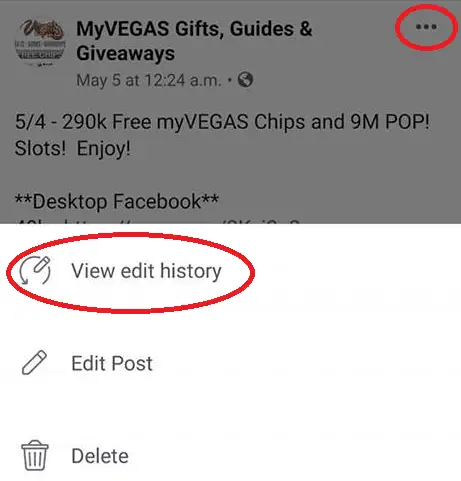Pop Slots Landing Pages
A well-designed landing page can greatly increase conversions for your PPC or email marketing campaigns. Rather than directing visitors from those sources to your general website (where they may have a hard time finding what they’re looking for), you can direct them to a specially-designed landing page that steers them in exactly the direction you want them to take.
Pop Slots Sharing Landing Page Links تحتوي على ٧٬١١٩ من الأعضاء. Everyday we recieve at our email a link that gives us a small bonus at pop slots, at this group we can all share between each other those links as more than one person can redeem those bonuses. Please read the announcements. Pop Slots Sharing Landing Page Links تحتوي على ٧٬١١٩ من الأعضاء. Everyday we recieve at our email a link that gives us a small bonus at pop slots, at this group we can all share between each other those links as.
But creating effective landing pages isn’t the same as crafting a successful website or email newsletter. There are certain guidelines you should adhere to in order to maximize your page’s success.
What is the Goal of Your Landing Page?
Landing pages, like any other part of your online marketing arsenal, need goals. Without concrete, specific goals, there’s no way to create an effective page. Your goal should be clear before you begin designing your page.
You also need specific expectations for your landing page, on which to gauge its success. These expectations can be based on previous experience, anecdotal evidence, or simply wishful thinking. But it’s helpful to have a specific number to compare your actual results with. This could be the total number of conversions, or the number of people who make it past your landing page, or some other number, based on your own goals.
A Clear Call to Action is Vital
Once you know what your goal for the page is, you need to come up with a clear call to action. This is possibly the single most important part of any landing page. Your call to action should be specifically tied to your goal, and should be supported by everything else on your landing page, from headline and body copy to images and overall layout.
The Backpack home/landing page has a very clear call to action, though they opt to first direct visitors to more information about their plans and pricing, rather than going straight for the signup.
Simple is Best
Landing pages need to be greatly simplified compared to many other website designs. This is because landing pages have very specific goals and shouldn’t include any extraneous information that might distract your visitors and prevent them from converting.
Clear and Concise Copy
Your copy should be clear and concise. It should be persuasive, too. Landing pages are not the place to show off your creativity, unless that creativity is clear, concise, and persuasive. Leave the creative turns-of-phrase for your blog.
It’s pretty safe to assume that most of the people who visit your landing page are already interested in what you have to say, because they’ve likely clicked through from a PPC ad or email. But just because they’re interested when they arrive doesn’t mean they’ll stay interested if you don’t get to the point.
Every single sentence and word on your landing page should serve a purpose, and that purpose should be to support your call to action. If it doesn’t do that, cut it. Be ruthless in editing your copy. Tell your visitors what they want to know in as few words as possible, and get them to respond to your call to action as quickly as possible.
The VideoWizard landing page has a simple design with clear copy that has definite goals.
Only Ask for the Vitals
If your landing page includes a form, make sure it’s only asking for the most vital information. If you’re trying to get visitors to sign up for an email newsletter, make sure you’re just asking them for their email address. Anything more than that decreases the chances that they’ll finish and submit the form.
If you’re asking them to buy something, make it as easy as possible. Just ask for the vitals: billing and shipping information, plus a confirmation screen before placing their order. Keep it as simple and concise as possible. Wait to ask them for additional information until after their order has been placed.
This form only asks for name and email address, neither of which are likely to deter sign-ups.
This form, on the other hand, has too many fields. Do they really need a phone number and company name? And wouldn’t it make more sense to just ask for a name in one field, rather than two?
Landing Page Creator
Design Considerations

The design of your page is just as important as the copy. A good design supports the call to action, while a bad design detracts from it. This is why, when it comes to landing pages, less is definitely more. The simpler your page and its design, the more likely it is to convert.
Remove Navigation Elements
The first major difference between your normal website and your landing pages is that your landing pages shouldn’t have your usual site navigation. Instead, the only clickable links should be your call to action, and possibly a link to more information for those who are undecided. Linking your logo to your regular home page can also be a good idea.
This landing page shows just the vital links, without a ton of extraneous navigation.
But forget about links to everything else. All they do is clutter up the page and increase the likelihood that your visitors will abandon your landing page (and ultimately, your site) without converting.
Simplify Normal Site Design
Your landing page should still echo the design of your regular website, though, to reinforce your branding. This can be done through the graphics, general look and feel, or your color scheme and font choices.
Long Page vs. Series of Pages
There’s some question out there about whether it’s better to use a single page for your landing page that requires scrolling, or if visitors respond better to a series of short pages (sometimes referred to as a “mini-site”).
Mini sites generally have multiple pages with short content that funnel visitors from one step to the next along the conversion process. This has the advantage of getting users in the habit of moving from one page to the next, which can help get them in the right psychological frame of mind to convert. The downside to mini sites is that they work best for conversion funnels that need a lot of content.
Landing pages, on the other hand, are perfectly suited to content that’s shorter. They also have the advantage of only having to load once, which can be a big consideration for companies targeting people in rural areas or developing nations, where bandwidth and connection speeds could be an issue. The downside to landing pages is that they can get overwhelming with a lot of content, and can come across as spammy if not well-designed.
The CameraPlus landing page is quite long, with all the information you’d need about the app. (The image above is split, as the entire page would be a couple thousand pixels long.)
Compare this page, which barely fills a single screen, and uses multiple steps to gather information.
Pay Attention to the Fold
While there’s a lot of debate as to the importance of “the fold” in web design, landing pages are one area where the fold is important. Make sure that your call to action is located near the top of the page, where someone can click it without having to scroll.
This doesn’t necessarily mean that your visitors won’t scroll down the page to read more information. But hopefully, at least some percentage of your visitors will be ready to buy as soon as they arrive on your landing page, either because the email or link that brought them there already persuaded them, or because it’s not their first time visiting the page. Putting a call to action right near the top of the page just makes things easier on these visitors.
The most important navigation elements are located just above the fold, with the call to action well above the fold.
The signup button is well above the fold here, too.
Below-The-Fold Calls to Action
That doesn’t mean you should neglect those users who scroll. Make sure calls to action appear at regular intervals on your page, tied into the page’s copy. This becomes more and more important as your pages get longer. Make sure that your users have to do minimal scrolling once they decide to convert.
FreshBooks includes links to a free trial or tour throughout their landing page.
Minimal Images and Larger Fonts
Your landing pages should use only one or, at most, two images. You want to avoid visual clutter on the page, or anything that detracts from the message and call to action.


Larger font sizes are also a good idea, as the last thing you want to do is cause your visitors eye strain. Just don’t go overboard and put everything in a headline-size font. The ideal line length for copy readability is 39 characters, so size your font (and column width) accordingly.
The typography becomes a major part of the visuals of this landing page, minimizing the need for graphics.

Centered, Single-Column
Studies have shown that centered, single-column landing pages convert best. And yet, there are still plenty of marketers out there who are opting for two-column designs. Make sure that you test single-column versions of any landing page design against any two-column versions prior to committing to a design.
A great example of a centered page that makes great use of the available space.
Match the Look and Feel of Email
Pop Slots Landing Pages Page
If your landing page is tied to an email campaign, make sure that the landing page echoes the look and feel of the email. If the designs of the two are wildly different, your landing page visitors may wonder if they’ve ended up in the right place. The easiest way to do this is to carry over fonts, images, and colors from your email to your landing page.
Use the Tools Available
If you don’t want to have to use a web designer for your landing pages, there are options for creating great landing pages without any technical knowledge. Unbounce is one of the easiest to use, and lets you create landing pages without any IT experience. They have best-practices templates available that you can customize (or design your own page entirely from scratch), and flexible pricing (including a free plan for sites with limited traffic). Unbounce also integrates with Google Analytics for tracking your traffic, and Qualaroo for gathering user input.
Don’t Forget Testing
Creating effective landing pages isn’t a one-size-fits-all project. What works for one site might not work so well for another. Finding the most effective page design is a matter of trial and error in a lot of cases. It’s important to test the different versions of your landing page to find the one that works the best for your particular situation. Without doing so, you might be leaving a lot of potential conversions on the table.
About the Author:Cameron Chapman is a freelance designer, blogger, and the author of Internet Famous: A Practical Guide to Becoming an Online Celebrity.
See How My Agency Can Drive Massive Amounts of Traffic to Your Website
Pop Slots Landing Pages App
- SEO - unlock massive amounts of SEO traffic. See real results.
- Content Marketing - our team creates epic content that will get shared, get links, and attract traffic.
- Paid Media - effective paid strategies with clear ROI.